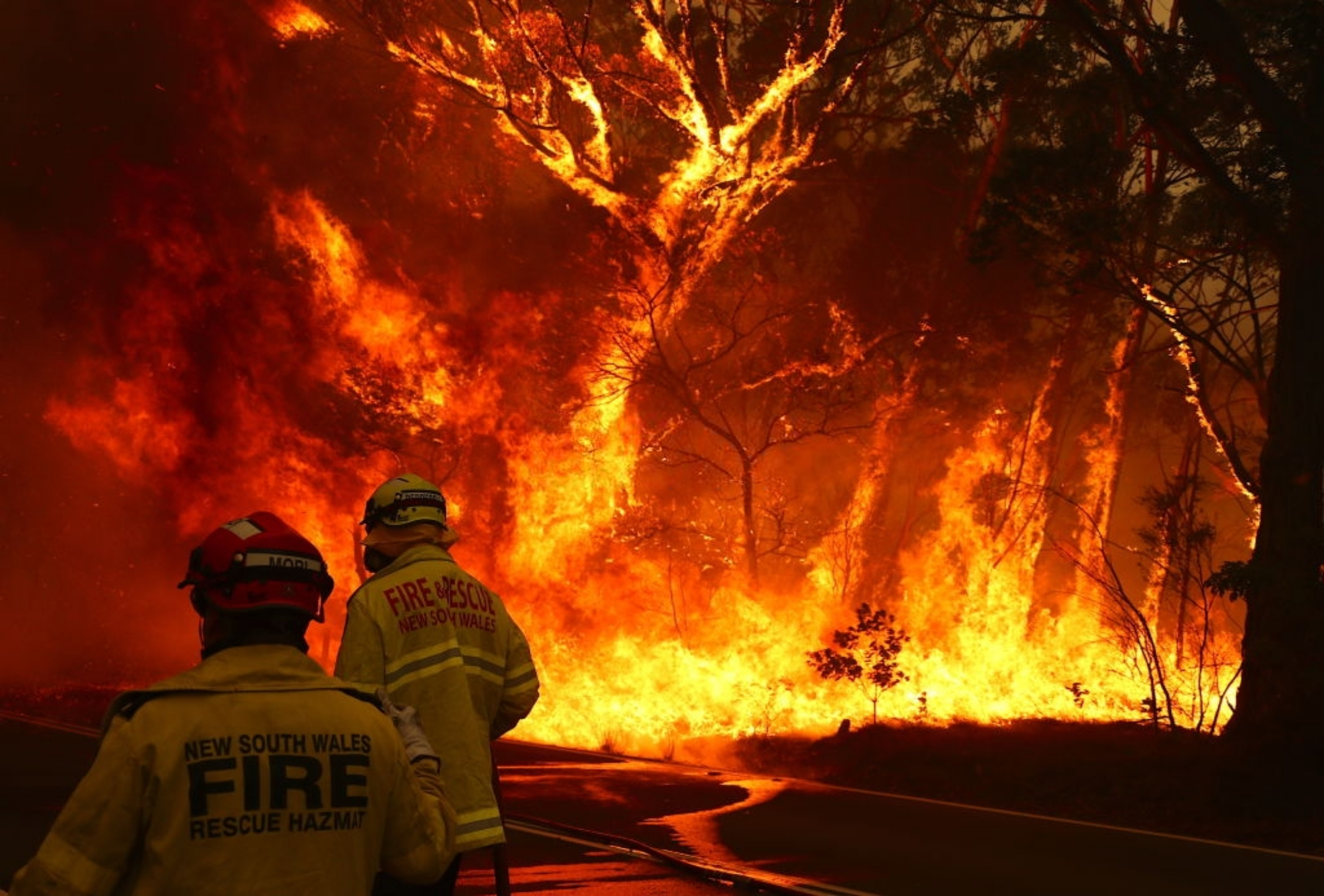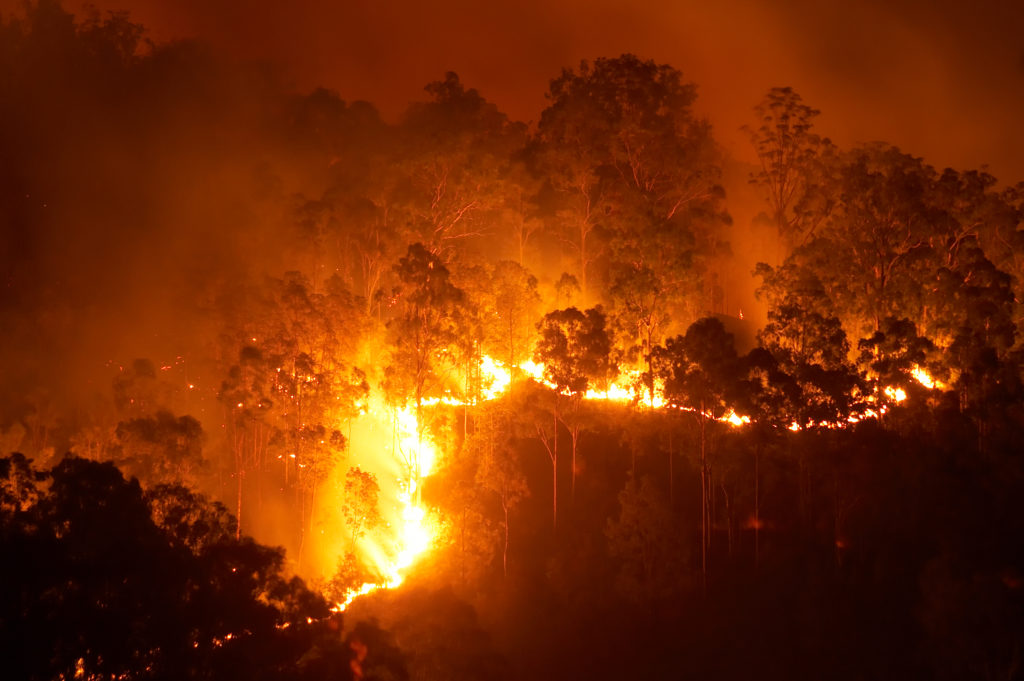Beyond Conformity: Enhancing Home Safety with a Thorough BAL Report
Professional Guidance on Bushfire Management for Boosted Fire Security
In the world of bushfire monitoring, the value of professional guidance can not be overstated. From understanding the subtleties of bushfire actions to executing useful measures such as firebreaks and defensible spaces, there exists a wide range of understanding that can considerably improve fire defense initiatives.
Understanding Bushfire Behavior
To effectively minimize the influence and manage of bushfires, it is necessary to have a detailed understanding of bushfire behavior. Bushfires are intricate natural phenomena influenced by different elements such as climate condition, topography, gas lots, and human tasks. Recognizing exactly how these aspects connect is crucial in forecasting the habits of a bushfire, permitting better planning and action approaches.
One key facet of bushfire habits is fire spread. By examining previous fire incidents and assessing fire patterns, experts can anticipate exactly how a bushfire may proceed under details conditions.
Moreover, understanding cinder strike, identifying, and fire tries is essential in comprehending the full extent of bushfire habits. By delving into these complexities of bushfire behavior, authorities can enhance their readiness and response abilities, inevitably reducing the effect of these harmful events.
Executing Firebreaks and Defensible Rooms
Understanding bushfire actions is foundational for effectively applying firebreaks and producing defensible rooms to boost fire defense. Firebreaks are tactically positioned spaces in greenery or various other flammable products that act as obstacles to quit the progress or slow of a bushfire. These can be all-natural functions like roadways or rivers, or man-made cleanings. Maintaining these firebreaks with regular clearing of particles and plants is crucial to guarantee their performance throughout a bushfire occasion.

Properly implementing firebreaks and defensible areas requires meticulous preparation, regular maintenance, and neighborhood teamwork to guarantee the highest degree of fire defense for properties and lives in bushfire-prone areas.
Making Use Of Very Early Caution Solutions
Releasing advanced very early caution systems is crucial for prompt discovery and notifying of prospective bushfire dangers. By utilizing innovative technologies such as satellite surveillance, weather condition sensing units, and thermal imaging, authorities can efficiently spot and keep track of fire-prone locations ignition resources at the earliest stages. These my review here systems can supply real-time data on fire behavior, direction, and intensity, enabling punctual decision-making and quick implementation of firefighting sources to the affected locations.
Early warning systems additionally play an important function in alerting citizens and areas about impending bushfire threats. Via automated alarms, text alerts, phone calls, and social networks notices, people can be quickly educated concerning emptying orders, secure shelter places, and emergency treatments. This proactive strategy not just conserves lives yet likewise lessens home damage by making certain that individuals have adequate time to evacuate and safeguard their recommended you read homes.
Developing Discharge Plans
Reliable evacuation plans are vital for guaranteeing the safety and security of homeowners in bushfire-prone areas. Creating well-balanced discharge techniques is essential in alleviating the dangers posed by bushfires and protecting human life. These strategies ought to be extensive, taking into consideration different aspects such as the topography of the area, the density of greenery, and the likely speed and direction of the fire's spread.
When producing evacuation strategies, it is important to establish clear evacuation paths and setting up points where locals can collect safely. These routes need to be consistently kept to guarantee availability during emergency situations. Furthermore, interaction techniques need to be in area to sharp citizens of impending threat and provide clear guidelines on emptying treatments.
Partnership in between local authorities, emergency services, and community participants is necessary in creating efficient evacuation plans. When a bushfire endangers the location, normal drills and exercises should be carried out to acquaint citizens with the treatments and make certain a swift and organized discharge (BAL Report). By focusing on the advancement of robust evacuation plans, communities can boost their resilience to bushfire emergencies and minimize the prospective impact on lives and residential properties

Involving in Neighborhood Readiness
In the realm of bushfire management, promoting community preparedness plays an essential duty in fortifying the resilience of homeowners living in high-risk areas. Involving in community readiness entails informing locals on bushfire dangers, promoting fire safety and security methods, and establishing emergency situation strategies jointly. By actively entailing the neighborhood in preparedness initiatives, people become much more educated and empowered check my reference to take proactive steps to protect their lives and buildings during bushfire occurrences.
Area preparedness campaigns frequently consist of conducting fire drills, developing communication networks, and arranging training sessions ablaze reductions methods. Motivating collaboration among neighbors to develop a cohesive support system can significantly enhance the total preparedness degree of an area. The possibility of lessening damages and guaranteeing security boosts considerably. when citizens are knowledgeable and equipped to react properly to bushfires.
Verdict
In conclusion, effective bushfire monitoring calls for a detailed understanding of fire behavior, the application of firebreaks and defensible spaces, the use of early caution systems, the growth of discharge strategies, and neighborhood interaction in readiness efforts. By incorporating these techniques, neighborhoods can improve their fire security actions and minimize the impact of bushfires on both home and lives. Bushfire Management Plan. It is critical for all stakeholders to function together to produce a much safer atmosphere when faced with this natural catastrophe
To effectively manage and minimize the effect of bushfires, it is vital to have a comprehensive understanding of bushfire actions. By studying previous fire cases and assessing fire patterns, specialists can prepare for exactly how a bushfire might proceed under particular problems.Comprehending bushfire behavior is foundational for successfully executing firebreaks and creating defensible areas to boost fire defense. Engaging in community preparedness includes informing residents on bushfire threats, promoting fire safety methods, and establishing emergency plans jointly.In final thought, efficient bushfire administration requires an extensive understanding of fire actions, the implementation of firebreaks and defensible spaces, the use of early caution systems, the advancement of emptying plans, and neighborhood interaction in preparedness efforts.